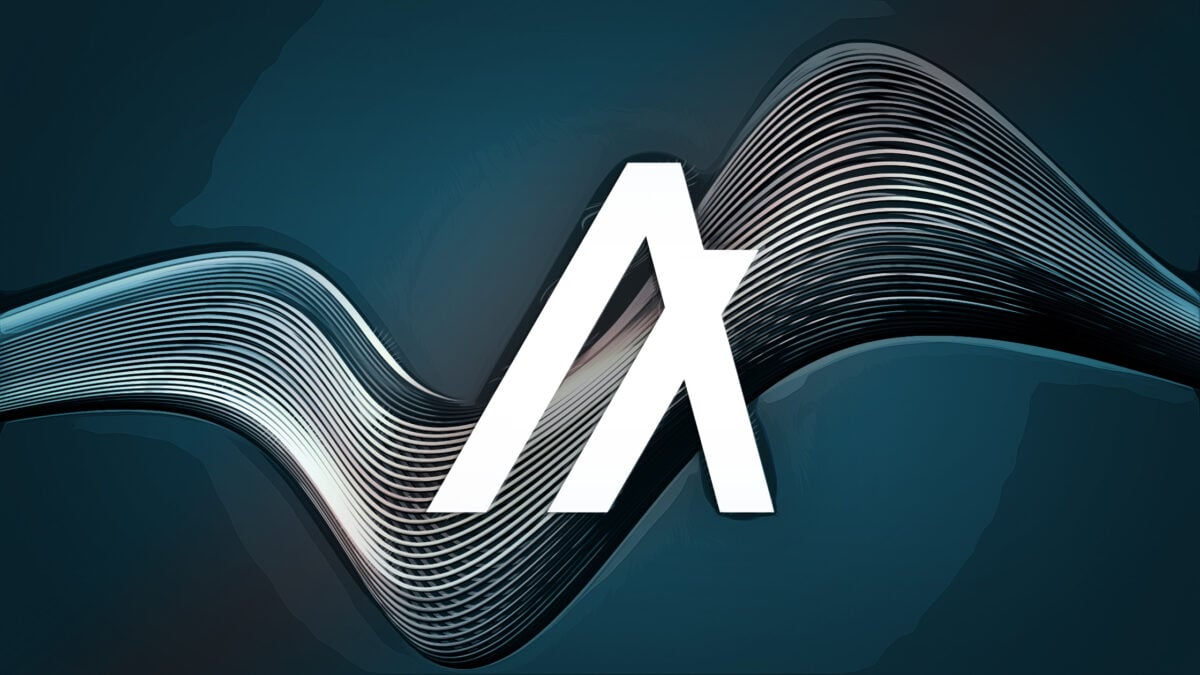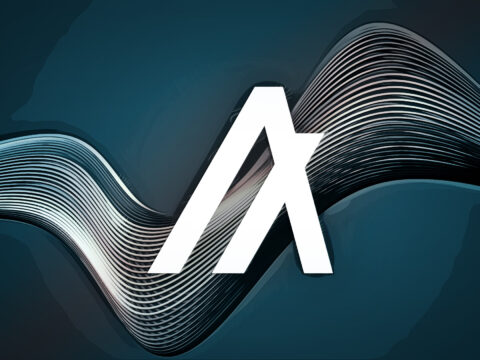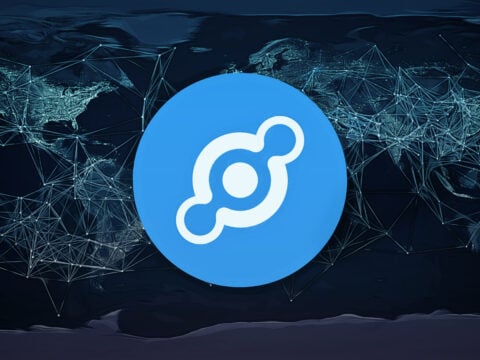
Algorand was the brainchild of professor Silvio Micali, a computer scientist at the Massachusetts Institute of Technology (MIT). Algorand is one of the newer projects that seek to expand the possibility of cryptocurrency usage by boosting transaction speeds by minimizing the time needed to verify transactions.
The project was officially launched in 2019 with the purpose of improving on some of the original design limitations of cryptocurrencies. Blockchain was a revolutionary idea built into Bitcoin, but the system has many limitations.
Notably, Algorand introduced the ALGO token, which is used as the native token in its ecosystem. Algorand provides its users with the ability to generate smart contracts for both new and existing assets.
The project successfully attracted many early-stage investors at the private sale stage of fundraising, which helped with the token launch. In many ways, the Algorand token is built to take cryptocurrencies to the next level of usage and smooth over some of the issues that early blockchain platforms face.
What is the Purpose of Algorand?
Algorand’s public version is built to allow cryptocurrencies to be used in new ways. It encourages third-party developers to work with the platform and create new applications for the real world.
The platform has been applied in different markets, including real estate, copyright, and microfinance. With every successful application, the case for using the Algorand platform grows.
The cryptocurrency itself (ALGO) was developed with the main purpose of dealing with three common issues within blockchain platforms today – specifically decentralization, security, and scalability.
Over the first 5 years, approximately 3 billion tokens were brought into circulation via direct sales. More tokens will be distributed over time, and ALGO tokens will be given as rewards to users and Node Runners.
Importantly, the Algorand Foundation has also published some additional details about how the payment process works and the expected time that users will be able to receive new rewards while participating with the blockchain.
The main purpose of the protocol is to deliver decentralization, security, and scalability for anyone who wants to develop or use the platform.
In addition, Algorand enables the delivery of transaction processing with low costs and decentralized consensus, which may help it gain popularity in DeFi applications.
How Does Algorand Work?
ALGO is the native currency of the Algorand blockchain and protocol, and platform users who hold the token are automatically able to use any functions on the platform. These options include participating in consensus actions by nominating and voting on blocks based on the proportion of ALGO tokens that they have.
The Algorand blockchain uses a Proof-of-Stake (PoS) system to validate new block creation, which is why it can offer such simple staking rewards.
The tokens are used for direct staking on an automatic basis. This means while users hold funds in their crypto wallet to support the function of the blockchain network, they will get rewards for their staked tokens in return.
Any ALGO holders who have 1 or more tokens in their wallets will be able to create a passive income from the platform without any complex staking procedures.
These rewards are all claimed every time a transaction occurs in the user account. Additionally, a transaction of 0 ALGO to yourself can also be claimed to get your rewards.
One of the best parts about the platform is that users only need 1 ALGO token to start staking. All the claimed rewards will be added directly to a user’s balance. It is very easy to use the system, and it appears to be attracting both users and developers.





